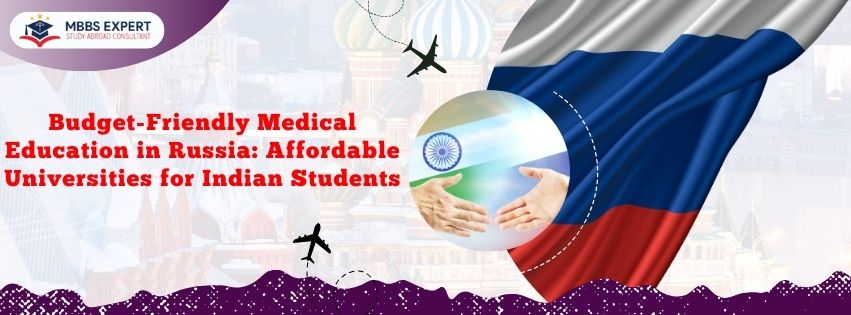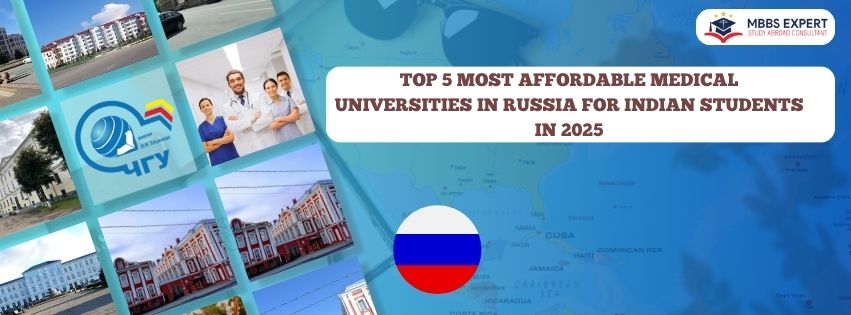Budget-Friendly Medical Education in Russia: Affordable Universities for Indian Students Introduction Pursuing a medical degree…
Nepal medical entrance exam
![]()
Nepal Medical Entrance Exam: Everything You Need to Know
Nepal has a long-standing tradition of providing high-quality medical education to students both within the country and from other parts of the world. To gain admission to medical colleges in Nepal, students must pass the medical entrance exam. In this blog, we’ll cover everything you need to know about the Nepal Medical Entrance Exam.
Overview of the Nepal Medical Entrance Exam
The Nepal Medical Entrance Exam (NME) is a competitive examination conducted by the Ministry of Education, Science, and Technology of Nepal. The exam is held annually, usually in the month of September, and is open to students from Nepal as well as foreign nationals who wish to study medicine in Nepal.
The NME consists of two parts: the common entrance examination and the medical college-specific examination. The common entrance examination is conducted by the Institute of Medicine (IOM) of Tribhuvan University, while the medical college-specific examination is conducted by the respective medical colleges.
Eligibility Criteria
To be eligible for the Nepal Medical Entrance Exam, the candidate must meet the following criteria:
- The candidate must have completed 10+2 or an equivalent examination with Physics, Chemistry, Biology, and English as compulsory subjects.
- The candidate must have secured a minimum of 50% marks in each of the above-mentioned subjects.
- The candidate must be at least 17 years old as of December 31 of the year of admission.
Application Process
The application process for the Nepal Medical Entrance Exam usually begins in the month of July. The candidates can apply online by visiting the official website of the Institute of Medicine, Tribhuvan University.
The application fee for Nepali students is NPR 5000, while the fee for foreign nationals is USD 100. The fee can be paid online through the official website.
Syllabus
The syllabus for the Nepal Medical Entrance Exam includes Physics, Chemistry, Biology, and English. The questions are of multiple-choice type, and the duration of the exam is three hours.
The syllabus is based on the curriculum of the 10+2 level, and the questions are designed to test the candidate’s knowledge and understanding of the subjects.
Admission Procedure
The admission procedure for the Nepal Medical Entrance Exam begins after the results are declared. The candidates who qualify for the common entrance examination are eligible to appear for the medical college-specific examination.
The final selection of the candidates is based on the marks obtained in both the common entrance examination and the medical college-specific examination. The candidates who are selected are then called for counseling, where they can choose the medical college of their choice.
Conclusion
The Nepal Medical Entrance Exam is a crucial step for students who wish to pursue a career in medicine in Nepal. The exam is highly competitive, and the candidates need to prepare thoroughly to crack it. By following the eligibility criteria, the application process, the syllabus, and the admission procedure mentioned in this blog, the candidates can prepare themselves better for the exam and increase their chances of success.
Tips for Cracking the Nepal Medical Entrance Exam
- Plan your preparation: It is essential to plan your preparation for the Nepal Medical Entrance Exam. Create a study schedule that covers all the topics of the syllabus and gives you enough time to revise and practice.
- Understand the concepts: To excel in the exam, it is crucial to have a clear understanding of the concepts. Focus on building a strong foundation in Physics, Chemistry, Biology, and English.
- Solve previous year’s question papers: Solving previous year’s question papers will give you an idea of the exam pattern and help you identify the important topics. Practice solving as many questions as possible to improve your speed and accuracy.
- Take mock tests: Mock tests are an excellent way to assess your preparation and identify your weak areas. Take mock tests regularly and analyze your performance to improve your score.
- Stay updated with current affairs: The Nepal Medical Entrance Exam may also include questions related to current affairs. Stay updated with the latest news and developments in the field of medicine and related topics.
- Stay healthy and focused: It is essential to maintain good health and stay focused during exam preparation. Take breaks in between study sessions, exercise regularly, and eat healthy food.
Conclusion
The Nepal Medical Entrance Exam is a gateway to some of the best medical colleges in Nepal. It is a highly competitive exam, and candidates need to prepare thoroughly to crack it. By following the tips mentioned above and focusing on building a strong foundation in the subjects, candidates can increase their chances of success in the exam. With hard work and dedication, students can achieve their dream of pursuing a career in medicine in Nepal.
Top Medical Colleges in Nepal
- Institute of Medicine (IOM), Tribhuvan University: The Institute of Medicine is one of the oldest and most prestigious medical colleges in Nepal. It offers undergraduate and postgraduate courses in medicine, nursing, and public health.
- Kathmandu University School of Medical Sciences (KUSMS): KUSMS is a renowned medical college located in Dhulikhel, Kavre. It offers undergraduate and postgraduate courses in medicine, nursing, and allied health sciences.
- B.P. Koirala Institute of Health Sciences (BPKIHS): BPKIHS is a medical college located in Dharan, Sunsari. It offers undergraduate and postgraduate courses in medicine, dentistry, nursing, and allied health sciences.
- Nepal Medical College: Nepal Medical College is a private medical college located in Jorpati, Kathmandu. It offers undergraduate and postgraduate courses in medicine, dentistry, nursing, and allied health sciences.
- Patan Academy of Health Sciences (PAHS): PAHS is a medical college located in Lalitpur, Kathmandu. It offers undergraduate and postgraduate courses in medicine, nursing, and public health.
Conclusion
Nepal has some of the best medical colleges in the world, offering world-class education and training to students from all over the world. To gain admission to these colleges, students need to crack the Nepal Medical Entrance Exam. By following the tips mentioned in this blog and preparing thoroughly, students can increase their chances of success in the exam and pursue their dream of becoming a doctor in Nepal.
Career Opportunities in Medicine in Nepal
- Medical Practitioner: After completing a medical degree, one can become a medical practitioner and work in hospitals, and clinics, or open their own private practice.
- Medical Researcher: Medical researchers work on developing new drugs, treatments, and medical technologies. They also study diseases and their causes to improve our understanding of them.
- Public Health Officer: Public health officers work on developing and implementing public health policies to improve the health of the population. They also work on disease prevention and control.
- Medical Educator: Medical educators work in medical colleges and universities to train the next generation of doctors and healthcare professionals. They teach and mentor students and conduct research in their field.
- Medical Writer: Medical writers create content for medical publications, websites, and other educational materials. They write articles, reports, and other materials on a variety of medical topics.
Conclusion
A career in medicine offers a wide range of opportunities in Nepal. From becoming a medical practitioner to working as a medical researcher or educator, there are many paths to choose from. By pursuing a career in medicine, one can make a positive impact on society and help improve the health and well-being of the people in Nepal.
Challenges and Future of Medicine in Nepal
Despite the progress made in the field of medicine in Nepal, there are still several challenges that need to be addressed. One of the major challenges is the shortage of healthcare professionals, particularly in rural areas. This has led to a significant gap in access to quality healthcare for people living in remote areas.
Another challenge is the lack of funding for research and development in medicine. This has hindered the growth of medical technology and innovation in Nepal.
However, there is hope for the future of medicine in Nepal. The government has taken several steps to address the challenges faced by the healthcare sector. There has been an increase in the number of medical colleges and universities, and efforts are being made to attract more healthcare professionals to work in rural areas.
In addition, the use of telemedicine and mobile health technology is increasing, which has the potential to improve access to healthcare for people living in remote areas.
Conclusion
The field of medicine in Nepal faces several challenges, but there are also opportunities for growth and development. By addressing the challenges and investing in research and development, Nepal can continue to make progress in the field of medicine and provide quality healthcare to all its citizens.
Importance of Healthcare in Nepal
Healthcare is an essential aspect of any society, and Nepal is no exception. The importance of healthcare in Nepal is evident from the fact that the government has made significant investments in the sector over the years. The government has launched several initiatives to improve access to healthcare services, particularly in rural areas.
Healthcare is also essential for the economic growth of the country. Healthy citizens are more productive, and a healthy workforce can contribute significantly to the development of the country.
Moreover, healthcare is critical for achieving social justice and reducing inequality. Access to quality healthcare services can help reduce disparities in health outcomes between different sections of society.
Conclusion
In conclusion, healthcare is a crucial aspect of the development of Nepal. The government’s efforts to improve access to healthcare services and increase the number of healthcare professionals in the country are commendable. By investing in healthcare, Nepal can ensure that its citizens lead healthy and productive lives, and the country can achieve sustainable development.





